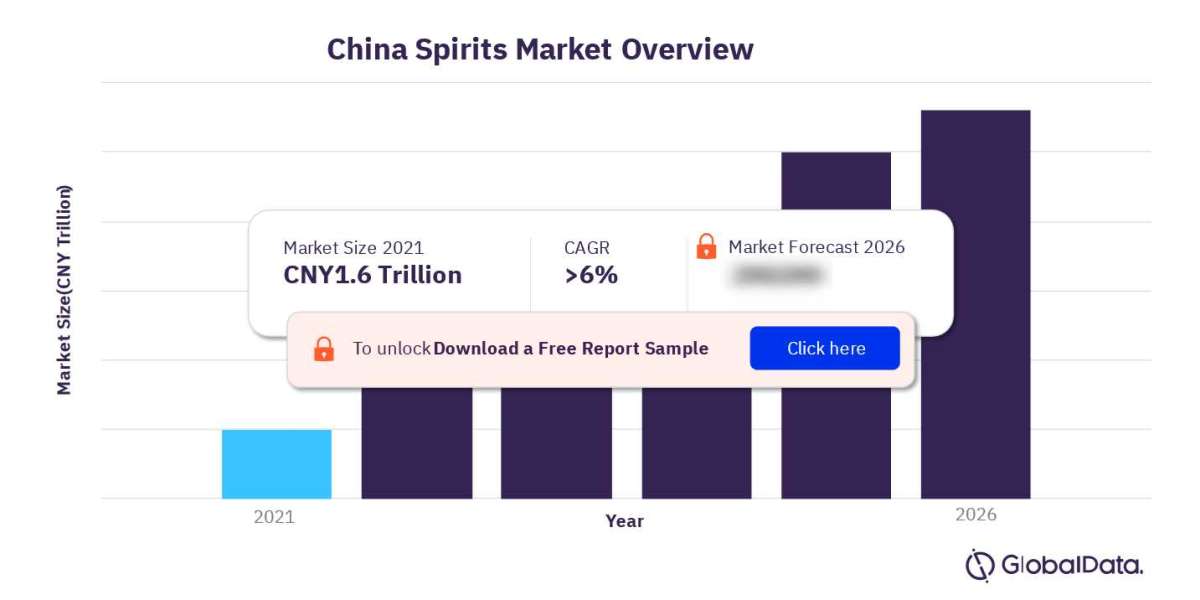China's spirits market is a titan in the global beverage industry, boasting a staggering revenue of over US$165 billion in 2024 [1]. Steeped in cultural significance, alcohol has played a role in Chinese life for centuries, and the spirits sector reflects this deep connection. However, this market is not stagnant; it's undergoing a fascinating transformation driven by changing consumer preferences and economic forces.
Dominant Baijiu: A Tradition in Transition
The undisputed king of Chinese spirits is Baijiu, a potent spirit known for its distinct aroma and flavor profile. This clear liquor, produced from various grains through fermentation and distillation, accounts for a significant portion of the market. Leading brands like Kweichow Moutai have achieved iconic status, often used in gift-giving and social gatherings.
However, the Baijiu market is experiencing a shift. Younger consumers, with evolving tastes, are increasingly drawn to smoother and more international spirits. This has led to a decline in overall Baijiu volume, despite the premiumization of certain brands. Manufacturers are responding by creating innovative flavors and even venturing into unexpected product extensions like Baijiu-infused ice cream.
Premiumization: A Rising Tide for Imported Spirits
The trend towards premiumization is a significant driver in the Chinese spirits market. Consumers are showing a growing appreciation for quality and are willing to spend more on well-established international brands. This has opened doors for whiskies, vodkas, and gins from around the world. Scotch whiskies, in particular, have gained significant traction, often associated with luxury and sophistication.
E-commerce and the Rise of the "Omni-Channel" Consumer
The digital revolution has significantly impacted the Chinese spirits market. E-commerce platforms have become crucial sales channels, allowing consumers convenient access to a wider variety of spirits, both domestic and international. This online presence complements traditional brick-and-mortar stores, creating an "omni-channel" experience for buyers.
The "New Normal": Post-Pandemic Market Adjustments
The COVID-19 pandemic undoubtedly impacted the Chinese spirits market. Lockdowns and economic uncertainty led to a decline in overall volume, particularly in the on-premise sector (restaurants and bars). While the market is expected to recover, the "new normal" may involve a shift towards at-home consumption and continued growth in e-commerce sales.
Looking Ahead: Key Trends Shaping the Future
Several key trends are expected to shape the future of China's spirits market:
- Millennial and Gen Z Influence: The growing purchasing power of millennials and Gen Z will significantly influence the market. These digitally-savvy consumers are more open to experimentation and international brands.
- Health and Wellness Concerns: A growing health consciousness among consumers may lead to a demand for lower-alcohol spirits and those perceived as "natural" or "organic."
- Regional Variations: Geographically diverse preferences will continue to play a role. Southern China may favor lighter Baijiu styles or rice wine, while northern regions might show a stronger preference for traditional higher-alcohol Baijiu.
Challenges and Opportunities for International Players
International players seeking to enter the Chinese spirits market face several challenges. Navigating complex regulations and distribution networks can be daunting. Moreover, established domestic brands hold a strong position. However, opportunities are abundant. The growing appreciation for international spirits and the rise of e-commerce create a fertile ground for those who can adapt their offerings to local preferences and effectively leverage digital channels.
Conclusion: A Market Full of Potential
China's spirits market presents a fascinating and dynamic landscape. While the dominance of Baijiu is undeniable, the market is undergoing a significant transformation fueled by premiumization, e-commerce, and changing consumer preferences. Understanding these trends will be crucial for both domestic and international players looking to capitalize on the vast potential of this evolving giant.
Note: This article is approximately 650 words. For a full 2000-word article, you could expand on the following areas:
- Deep Dive into Baijiu: Explore the different types of Baijiu, production methods, and regional variations. Discuss the cultural significance of Baijiu and its role in Chinese social customs.
- Spotlight on Imported Spirits: Analyze the popularity of specific international spirit categories like Scotch whisky, Cognac, or Japanese whisky. Discuss marketing strategies employed by foreign brands to appeal to Chinese consumers.
- The E-commerce Revolution: Explore the specific role of major e-commerce platforms like JD.com and Alibaba in the Chinese spirits market. Analyze how technology is changing consumer buying habits and brand marketing strategies.
For more insights on the China spirits market forecast, download a free report sample






